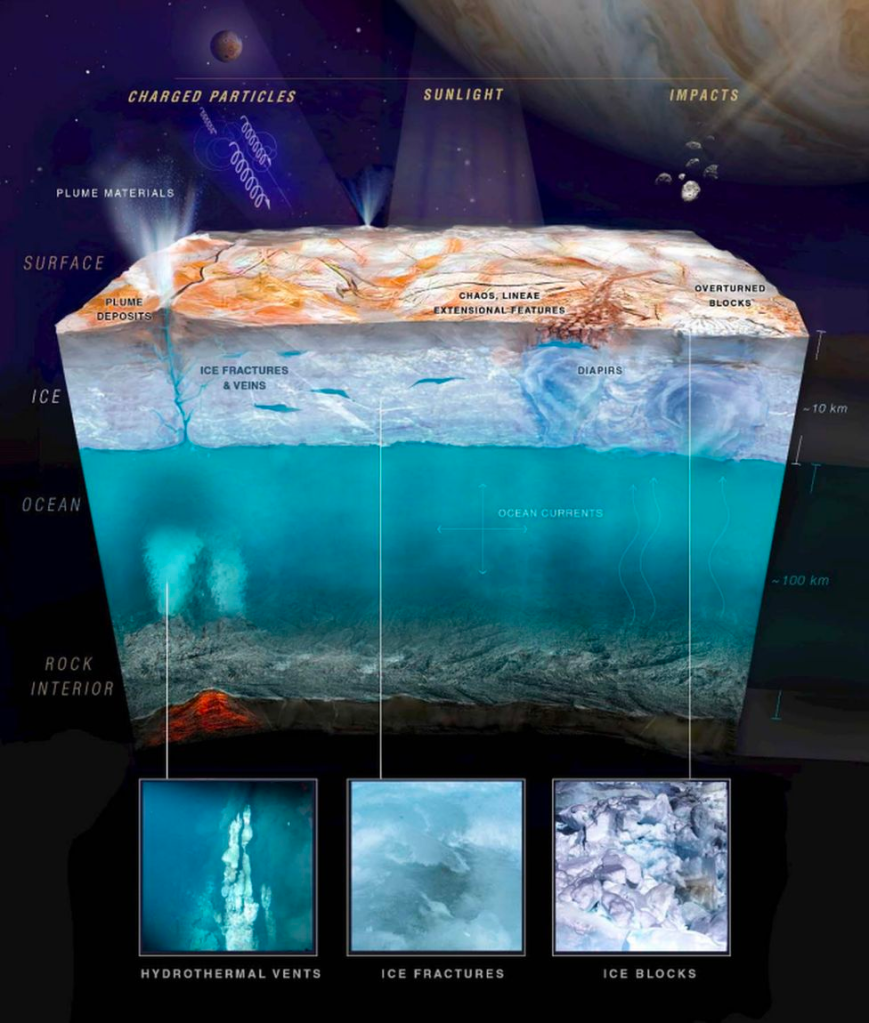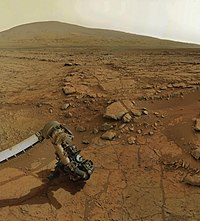
Image from NASA Press Release
I remember when I was young thinking, why haven’t we put humans on Mars yet? We have the feasibility to do so, but why? The answer comes down to the intersection between power politics and economics that often hamper, restrict and sometimes fuel the drive for space exploration. Before this class, I remember wondering why scientists keep demanding more and more rovers and explorations of Mars. I did not understand why, after one fly-by or orbit of Saturn, scientists pushed the need for more. After completing this course, I now realize the reason is simple economics and budgetary constraints placed on NASA by Congress.
Additional missions to planets arise from several reasons. One is that its not efficient to launch a probe with hundreds of specialized instruments. Later missions are thus needed to fill in data gaps missing due to simple engineering constraints. Other times, NASA mission proposals are afforded a maximum cap on their budget that prevents equipment from being installed that is otherwise feasible. This leads to a definite desire for further missions, diffusing already sparse funds from a mission designed for symbolic goals of planting the American flag on Mars.
At the same time, space exploration is heating up due to International great power competition. The Chinese lunar exploration agency aptly states that “the universe is an ocean, the moon is the Diaoyu Islands, Mars is Huangyan Island. If we don’t go there now even though we’re capable of doing so, then we will be blamed by our descendants. If others go there, then they will take over, and you won’t be able to go even if you want to. This is reason enough.” I write my final blog post on this because I intend to major in Law, History, and Society with a focus on pre-law along with a minor in Global Politics (Political Science) and (hopefully) Astronomy. This question about the future of space exploration and economic prioritization centers on competition between international powers and hopes to use pre-existing and future legal frameworks to center future colonization and exploration of space. We live in a very interesting time, and I certainly intend to pay attention to the consequences and discoveries of future astronomical discovery.










